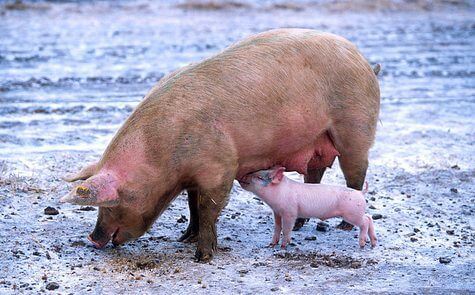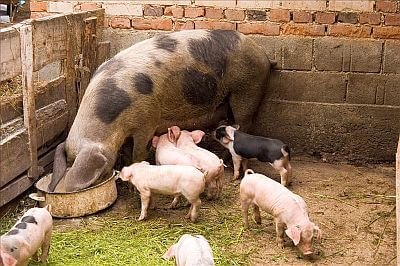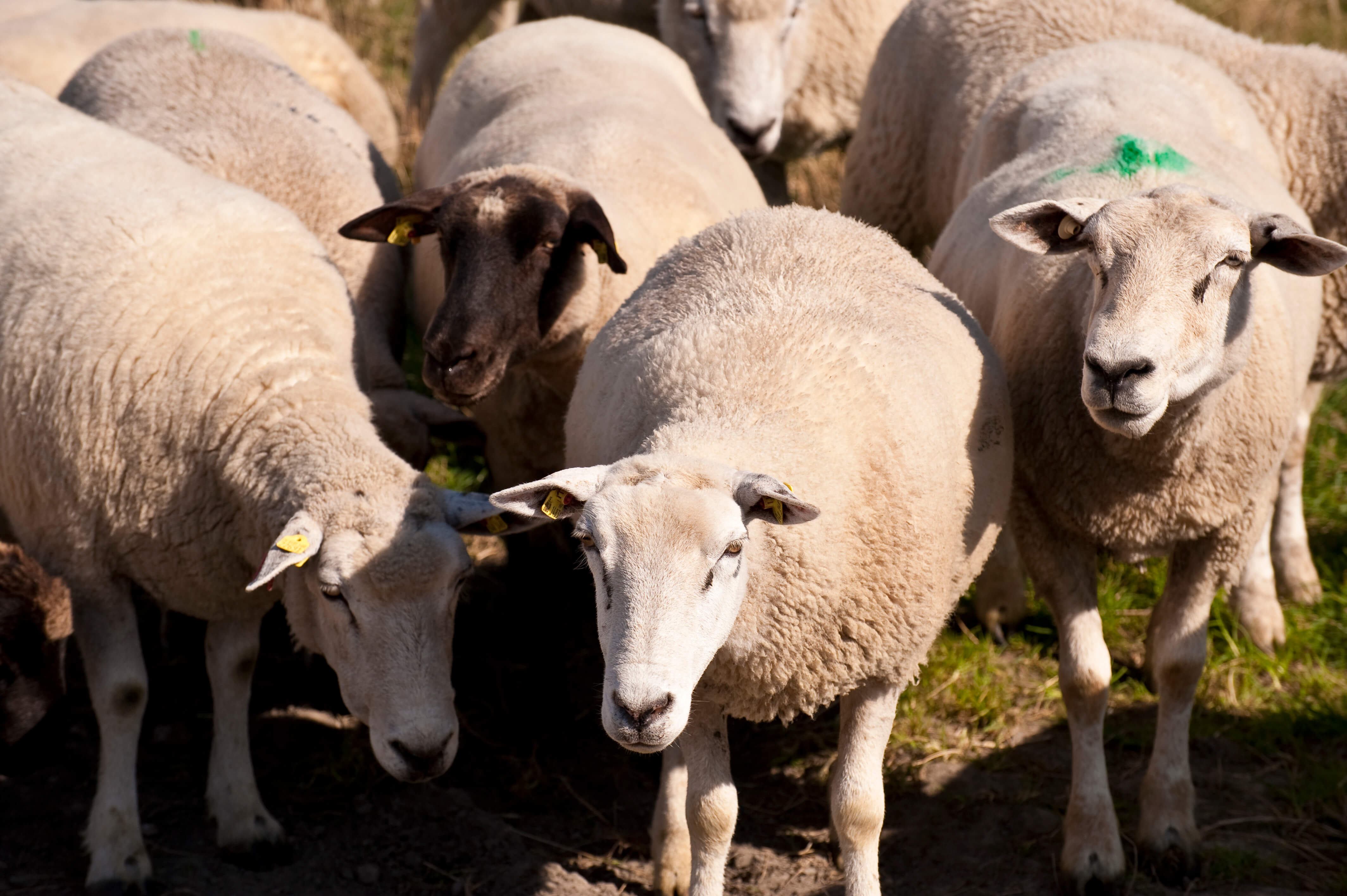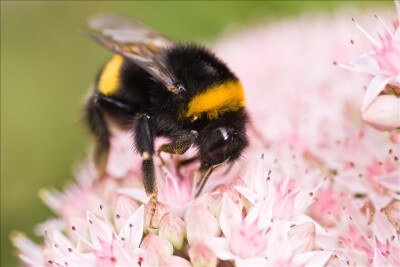About Yaks
About Yaks: Everything You Need to Know The yak (Bos grunniens and Bos mutus) could be a long-haired bovid found throughout range region of south Central Asia, the Tibetan tableland and as way north as Mongolia and Russia. Most yaks are domesticated wild ox. There’s a little, vulnerable population of untamed yaks, Bos mutus. According to Wikipedia - "The yak (Bos grunniens and Bos mutus) is a long-haired bovid found throughout the Himalaya region of south Central Asia, the Tibetan Plateau and as far north as Mongolia and Russia. Most yaks are domesticated Bos grunniens. There is also a small, vulnerable population of wild yaks, Bos mutus." Yaks mate within the summer, usually between July and September, depending on the local surroundings. For the rest of the year, several males wander in little bachelor teams faraway from the big herds, but, when the rut approaches, they become aggressive and frequently fight among one another to determine dominance. Yak Reproduction and Life Cycle In addition to non-violent threat displays, bellowing, and scraping the bottom with their horns, male yaks compete directly, repeatedly charging at one another with heads lowered or sparring with their horns. Like bison, however and not like cattle, males wallow in dry soil throughout the rut, usually while scent-marking with excrement or dung. Female Yaks enter oestrus up to fourfold a year, and females are receptive just for a few hours in every cycle. Gestation lasts between 257 and 270 days, so that the young are born between May and June. This leads to the birth of one calf. The female finds a secluded spot to relinquish birth. Females in the wild and domestic forms usually have births just once each every other year, although additional frequent births are potential if the food offer is good. Calves are weaned at one year and become freelance shortly thenceforth. Wild calves are at the start brown in color, and slowly later develop the darker adult hair. Females typically give birth for the first time at 3 or four years of age, and reach their peak fruitful fitness at around six years. Yaks can live for quite twenty years in domestication or captivity, although it's likely that this might be somewhat shorter within the wild.









